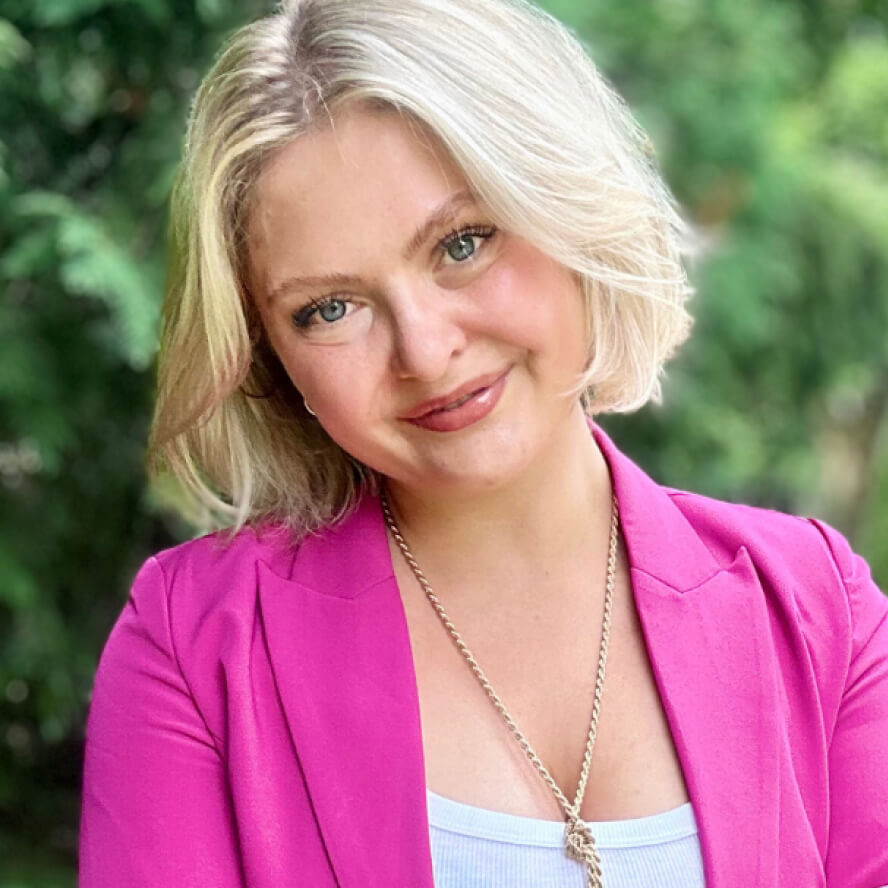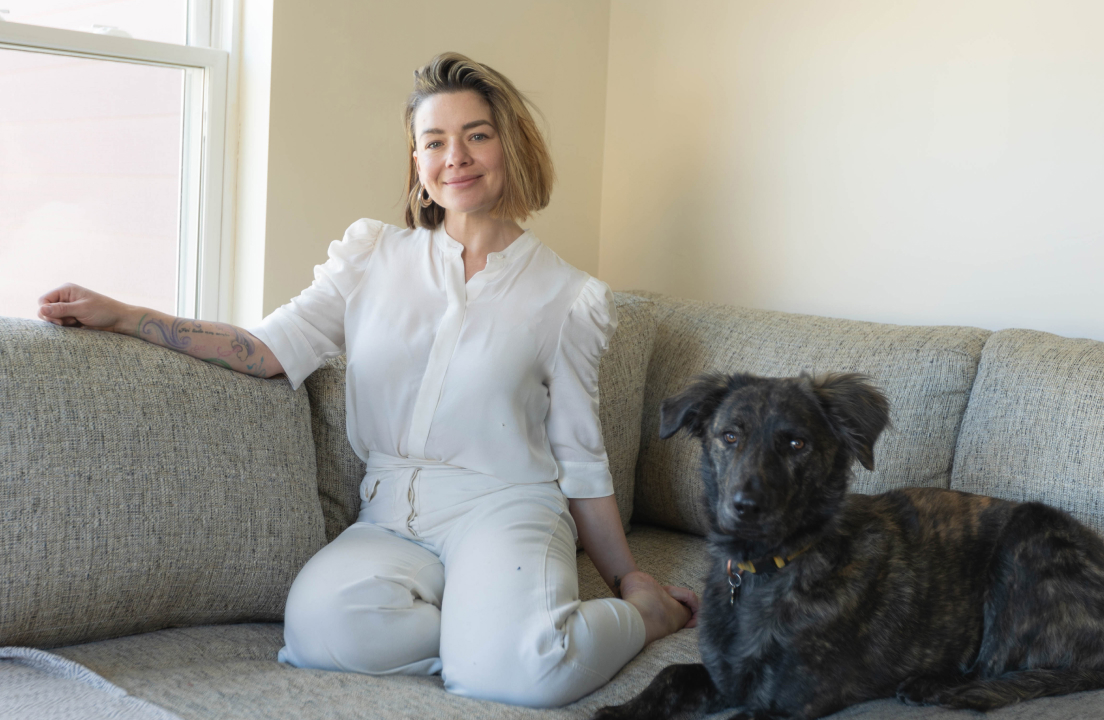T1D Guide
T1D Strong News
Personal Stories
Resources
T1D Misdiagnosis
T1D Early Detection
Research/Clinical Trials
This Isn’t the Diabetes They Told Me I Had
In her mid-40s, Lynna Demay was the picture of health. She followed a strict vegan diet inspired by Dr. Joel Fuhrman’s Eat to Live, exercised daily, and felt stronger than ever. So when her A1C came back at 14.1 % and her blood sugar was over 300 mg/dL during a routine physical, she was stunned.
.jpg)
“They said I had diabetes, and I had to pull over,” Lynna said. “I didn’t feel sick — I felt amazing. I couldn’t believe it.”
Despite how she felt on the surface, Lynna was diagnosed with type 2 diabetes (T2D) at age 47. Over the next four years, she faced a difficult path filled with failed treatments, medical pushback, and a growing sense that something wasn’t adding up.
“I Was Begging for Insulin”
At first, Lynna tried to make sense of the diagnosis. She was prescribed Januvia, then Metformin — two common medications for T2D. The side effects were minimal, but her numbers didn’t budge.
“I was eating clean, working out, and doing everything they said to do, but my A1C was still sky-high,” she said. “I started to question everything.”
She went to see an endocrinologist in Manhattan, hoping for more advanced care. Instead, she was told to simply “eat fewer carbs.” But Lynna had already cut most carbs from her diet and had a body fat percentage of 20%.
“There was nothing left to cut,” she said. “It felt like no one was listening to me.”
She started doing her own research — late nights spent reading books, forums, and journal articles. The more she learned, the more convinced she became that what she really needed was insulin.
“I was practically begging for insulin, and they just wouldn’t prescribe it,” Lynna recalled.
Eventually, they agreed to start her on long-acting insulin (Levemir), but refused to add rapid-acting insulin, saying it was “too risky” and “unnecessary.”
Meanwhile, her blood sugars remained high. Her A1C lingered in the 7s, and her frustration only grew.
“They offered me Byetta instead — another drug for type 2 diabetes. I didn’t even fill the prescription. I was done,” she said.

A Turning Point at Joslin Diabetes Center
Still searching for answers, Lynna took a leap and traveled from New York to Boston to attend a week-long program at Joslin Diabetes Center — one of the world's most respected institutions for diabetes care, education, and research.
Founded in 1898, Joslin is affiliated with Harvard Medical School and is known for pioneering comprehensive, patient-centered care for all types of diabetes. What makes Joslin unique is its team-based approach, bringing together endocrinologists, diabetes educators, dietitians, mental health professionals, and exercise physiologists to create personalized care plans.
“Joslin felt different from the moment I walked in,” Lynna said. “They weren’t just focused on numbers — they were focused on me.”
Lynna enrolled in their week-long outpatient program, designed to help people with diabetes better understand how food, insulin, and physical activity interact. Each day included a hands-on, immersive experience: choosing meals, testing blood sugar before and after eating, incorporating movement, and discussing results with the care team.
“You weren’t just told what to do — you were taught how to think about blood sugar and respond to it,” she explains. “They gave me confidence, not just instructions.”
It was here that she met the endocrinologist who would finally look beyond the type 2 label she had been carrying for four years.
“He said, something doesn’t add up here. Let’s run more tests, including a C-peptide test,” Lynna recalled.
What Is a C-Peptide Test — and Why Does It Matter?
A C-peptide test measures how much insulin your body is making. When your pancreas produces insulin, it also releases C-peptide. That makes it a reliable marker for your body’s ability to produce insulin on its own.
Here’s why it’s important:
- Low or undetectable C-peptide = likely type 1 diabetes
- Normal or high C-peptide = likely type 2 diabetes
In Lynna’s case, the test revealed the truth: her pancreas wasn’t producing enough insulin. She had type 1 diabetes (T1D), not type 2. She’d had it all along.
“That one test gave me the clarity I’d been searching for for years,” Lynna said. “I finally had proof — I wasn’t crazy. I had been misdiagnosed.”
The Right Diagnosis Changes Everything
Once Lynna was finally diagnosed with T1D at age 51, she received the treatment she needed, and everything began to shift.
She was prescribed rapid-acting insulin, started using a Dexcom continuous glucose monitor (CGM) to help monitor her blood sugar, and eventually added an Omnipod insulin pump to support her insulin needs.
“It was night and day,” she said. “I could finally see what was going on with my blood sugar, and I had the tools to respond to it.”
Her A1C dropped into the low 6s, where it remains today. For the first time in years, her care felt personalized and effective.

Life Today: Thriving With the Right Support
Now in her 60s, Lynna works as a travel agent, planning dream trips for others while confidently managing her own health.
She’s no longer vegan, but she still eats with balance and intention. She continues to advocate for better education about adult-onset T1D.
“I wasted four years trying to fit into a diagnosis that wasn’t mine,” she said. “I want others to know they don’t have to do that.”
Yes, You Need C-Peptide & Antibody Testing
If you're questioning your diagnosis, particularly if you were diagnosed with T2D as an adult, you’re not alone. Studies suggest that a significant percentage of adults diagnosed with type 2 may actually have type 1 or a form of latent autoimmune diabetes in adults (LADA).
Here’s how to advocate for yourself:
Ask clearly
Request a C-peptide test and an autoantibody panel (GAD, IA-2, and ZnT8).
Track patterns
Bring blood sugar logs that show persistent highs or a poor response to medications.
Mention symptoms
Share anything that doesn’t align with typical type 2 profiles, such as sudden weight loss, low BMI, or insulin sensitivity.
Get a second opinion
If your provider won’t listen, ask for a referral to an endocrinologist or a diabetes specialty center.
“It was just one blood test — but it changed everything for me,” Lynna said. “It gave me answers and a path forward.”

Don’t Ignore the Red Flags
If your diagnosis doesn’t make sense, trust your instincts — and don’t be afraid to speak up.
“You know your body,” Lynna said. “Don’t let anyone talk you out of what you feel. The C-peptide test was simple, and it completely changed my life.”
Getting the right diagnosis isn’t about labels. It’s about getting the treatment that actually works.
And for Lynna, that made all the difference.








.webp)

.jpeg)
.jpg)


.webp)
.jpg)

.jpg)



.jpg)

.jpg)
.jpg)


.jpg)
.jpg)

.jpg)
.jpg)
.jpg)
.jpg)
.jpg)

.jpg)
.jpg)
.jpg)
.jpg)
.jpg)
.jpg)
.jpg)
.jpg)
.jpg)

.jpg)
.jpg)
.jpg)

.jpg)
.jpg)


.jpg)
.jpg)
.jpg)
.jpg)
.jpg)














.jpg)


.jpg)













.webp)





%20(1).png)




.jpeg)






.jpg)













.webp)